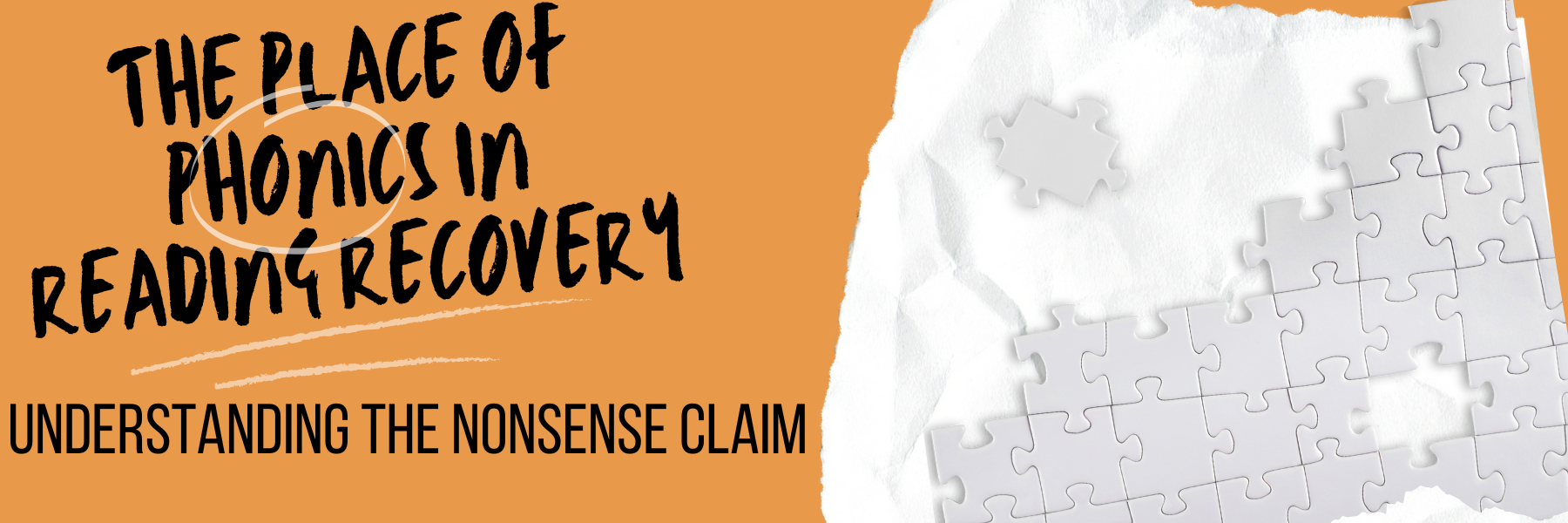Educators Honored with International Literacy Leadership Award
Four individuals will be recognized with the 2023 Excellence in Literacy Leadership Award presented by the Reading Recovery Council of North America.
Each year, Reading Recovery teacher leaders from across the US and Canada nominate dedicated colleagues to receive this prestigious award. Recipients have displayed a strong commitment to expand and maintain Reading Recovery’s high standards and have made significant contributions to implementation beyond the local level. This year’s winners are:
- Jason Drysdale, Asst. Superintendent of Schools, River East Transcona School Division, Winnipeg, Manitoba
- Kristen Gillaspy, Coordinator of MTSS & MLP, Lexington School District One, Lexington, South Carolina
- Mark Laurrie, Superintendent of Schools, Niagara Falls City School District, Niagara Falls, New York
- Richard Carella, Asst. Superintendent of Curriculum & Instruction, Niagara Falls City School District, Niagara Falls, New York
“The honorees of this award truly contribute to their communities in a meaningful and long-lasting way by supporting Reading Recovery. Now more than ever, Reading Recovery is essential to helping our most vulnerable young learners find success with reading and writing,” said Dr. Billy Molasso, Executive Director of RRCNA.
The award will be presented on Saturday, January 28, 2023, during the opening session of LitCon: National K-8 Literacy and Reading Recovery Conference. The largest K-8 Literacy conference in the US, LitCon takes place at the Greater Columbus Convention Center in Columbus, Ohio, January 28-31, 2023.





 Matt Renwick has served for 23 years as a teacher and administrator. He is the author of Leading Like a C.O.A.C.H.: Five Strategies for Supporting Teaching and Learning. Matt’s areas of expertise include curriculum leadership and building schoolwide literacy cultures that work for all learners.
Matt Renwick has served for 23 years as a teacher and administrator. He is the author of Leading Like a C.O.A.C.H.: Five Strategies for Supporting Teaching and Learning. Matt’s areas of expertise include curriculum leadership and building schoolwide literacy cultures that work for all learners.


 I know that I will continue to read literacy posts and will probably respond to a few that frustrate me. However, I will keep in mind that Reading Recovery has 35 years of results — and parent letters that share the impact that Reading Recovery has made — before being pulled into that never-ending black hole.
I know that I will continue to read literacy posts and will probably respond to a few that frustrate me. However, I will keep in mind that Reading Recovery has 35 years of results — and parent letters that share the impact that Reading Recovery has made — before being pulled into that never-ending black hole.